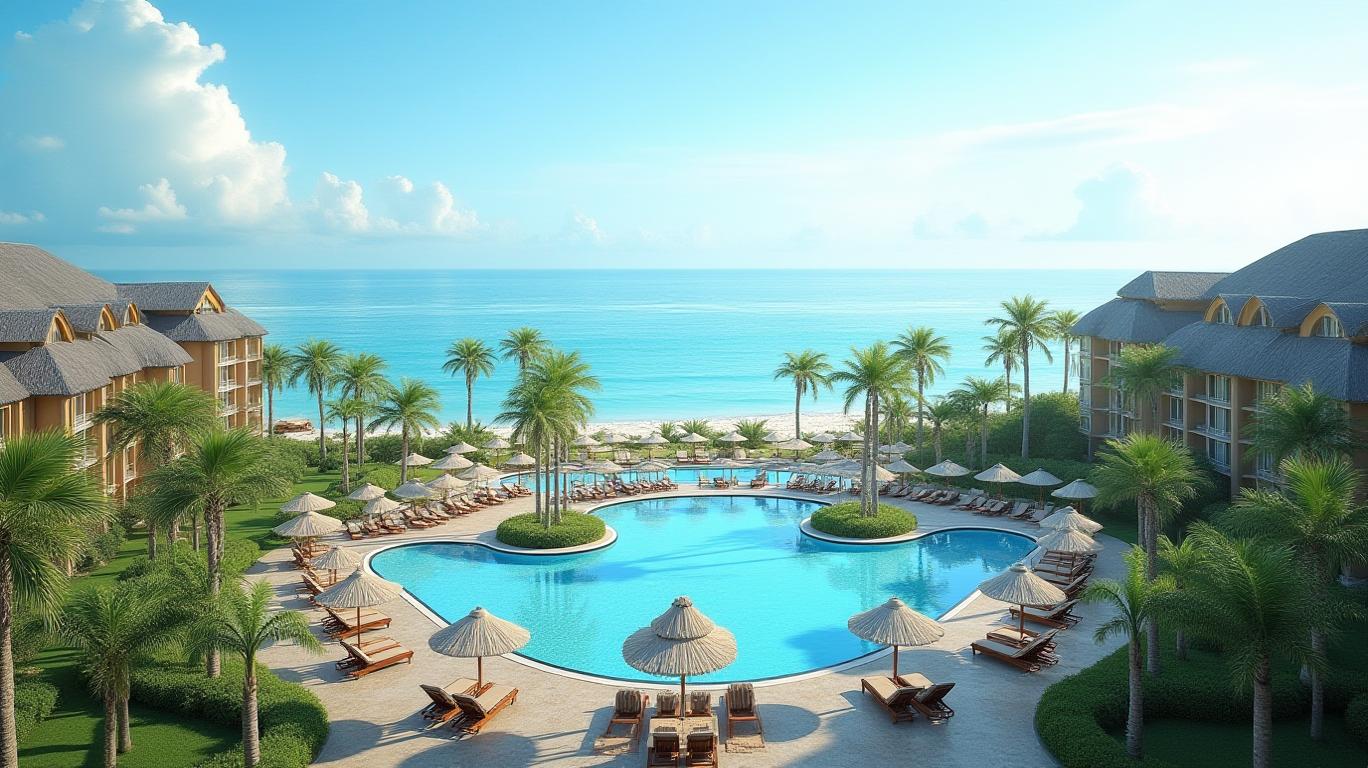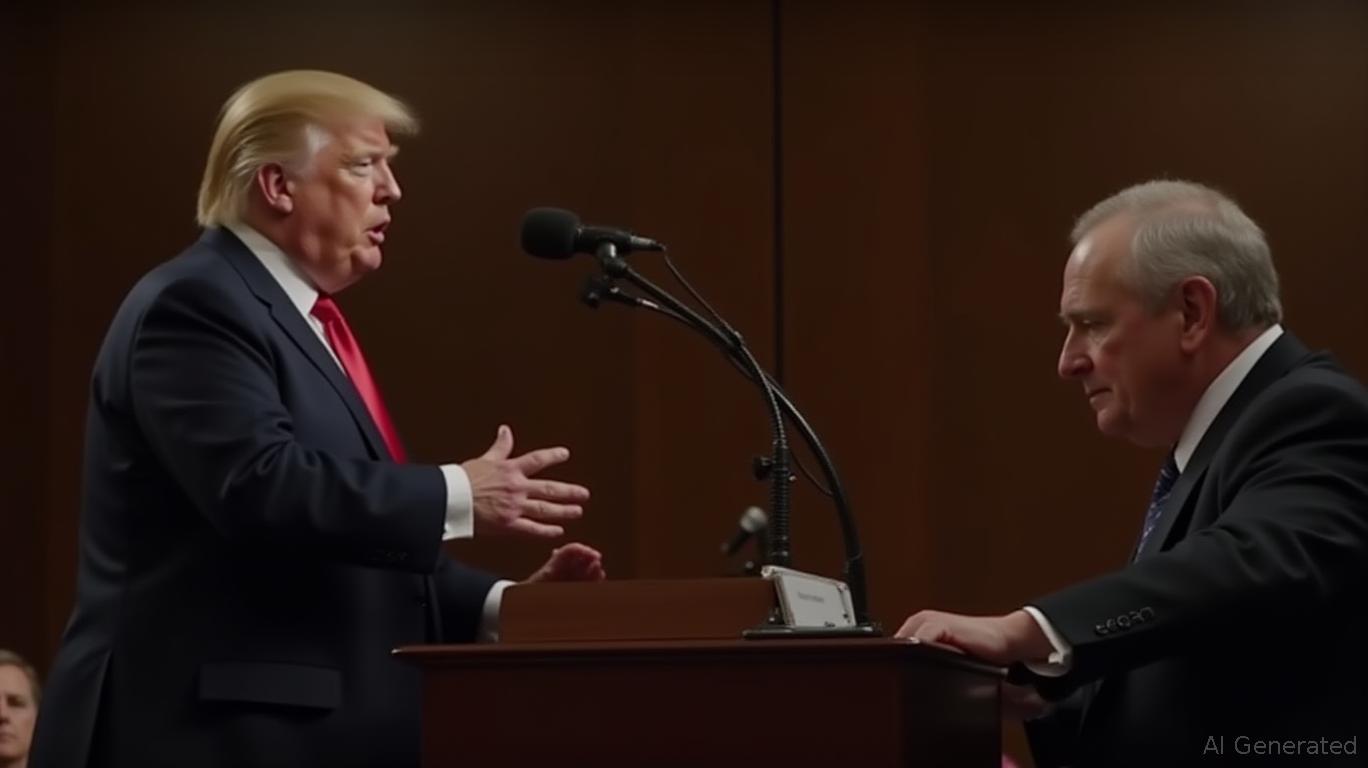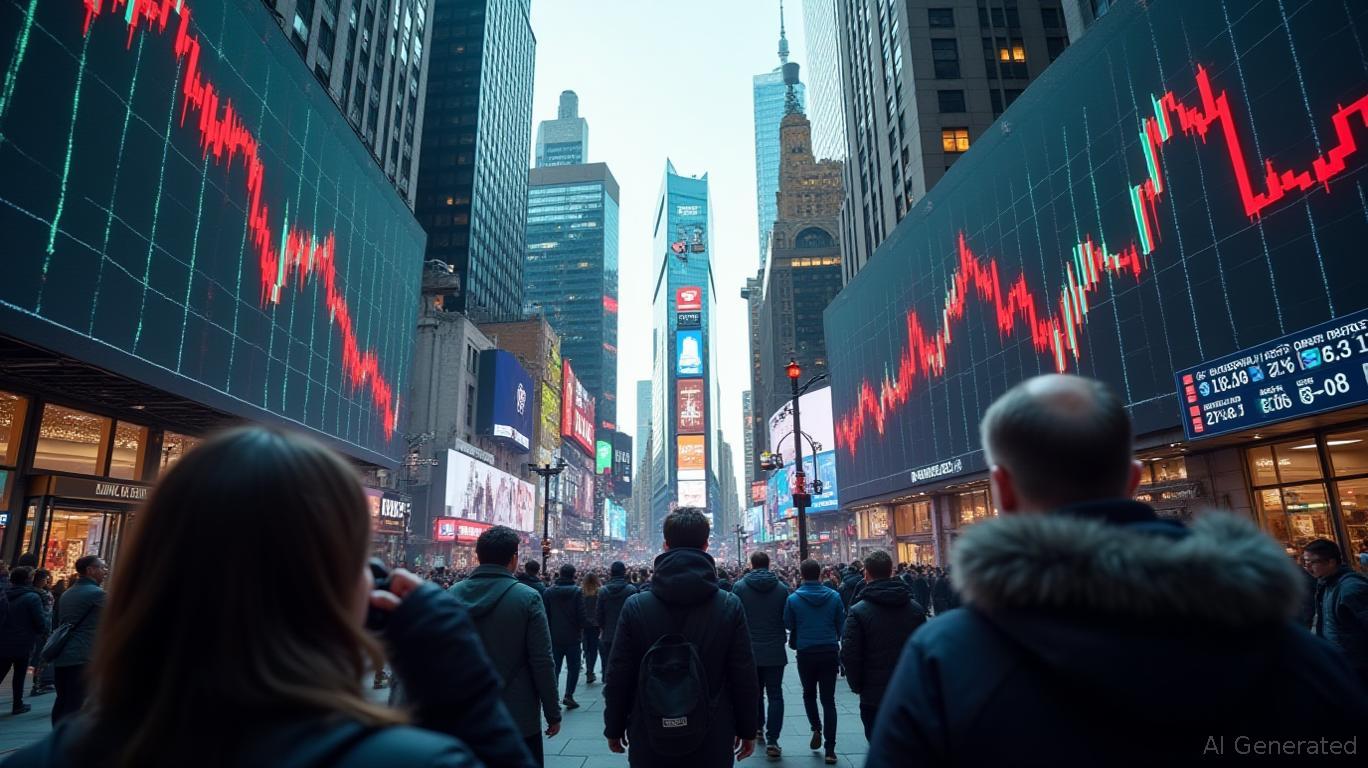Hilton Grand Vacations' Q1 2025 Results: Navigating Growth Amid Construction Challenges
Hilton Grand Vacations (HGV) delivered a mixed set of results for Q1 2025, highlighting both resilience and headwinds. While contract sales surged 14% year-over-year, driven by strategic initiatives and new inventory, the company’s bottom line faced pressure from construction deferrals and macroeconomic headwinds. This article dissects the key takeaways and assesses the investment landscape for HGV.
Contract Sales Growth Signals Demand Resilience
HGV’s total contract sales hit $721 million in Q1 2025, a notable 14% increase from the prior year. This growth was fueled by strong transaction volumes, higher value per guest (VPG), and new programs like the HGV Max offering for Bluegreen members. The Ka Haku project in Hawaii also contributed significantly, showcasing the company’s ability to capitalize on high-demand destinations.

The sales pipeline remains robust, with $13.2 billion in total contract sales available for booking. Notably, 79.3% of owned inventory and 62.7% of fee-for-service inventory are ready for sale, suggesting ample opportunities for future revenue generation.
Revenue and Earnings Pressures: The Deferral Impact
Despite strong sales, total revenues dipped to $1.148 billion, down from $1.156 billion in Q1 2024. The decline stems from a $126 million net deferral in Q1 2025, compared to a $2 million net recognition in the prior year. These deferrals arise from projects under construction, delaying revenue recognition until properties are completed.
Net loss widened to $(17) million from $(4) million, while adjusted net income plummeted to $9 million from $99 million. Diluted EPS fell to $(0.17) from $(0.04), and adjusted EPS dropped to $0.09 from $0.95. These figures were heavily impacted by a $68 million deferral in the current quarter, which reduced adjusted EPS by $0.71.
Strategic Moves to Shore Up Liquidity
HGV demonstrated financial discipline through aggressive share repurchases. In Q1 alone, the company bought back 3.9 million shares for $150 million, with an additional $60 million repurchased in April. This leaves $218 million remaining under its $1 billion repurchase program, signaling confidence in its stock valuation.
Liquidity remains solid, with $259 million in unrestricted cash and $870 million in borrowing capacity under its credit facility. Free cash flow improved to $6 million from $(19) million in Q1 2024, while adjusted free cash flow surged to $185 million, aided by reduced acquisition costs.
Margins and Leverage: A Cautionary Note
The Real Estate Sales and Financing segment saw its Adjusted EBITDA margin drop to 20.6% from 30.0% in Q1 2024 due to deferrals. Meanwhile, Resort Operations and Club Management maintained a healthier 34.0% margin. Overall, Adjusted EBITDA attributable to stockholders fell to $180 million from $273 million, a decline largely attributable to the deferral headwinds.
Leverage remains elevated at 3.9x, reflecting ongoing debt management efforts. The company aims to reduce reliance on recourse financing and optimize securitization strategies, though this may take time.
Outlook and Strategic Priorities
CEO Mark Wang emphasized operational efficiency, member engagement, and cost-saving initiatives to stabilize cash flow. HGV reiterated its full-year 2025 Adjusted EBITDA guidance of $1.125 billion to $1.165 billion, excluding deferrals. The Bluegreen acquisition integration continues to shape results, with synergies expected to materialize in later quarters.
Conclusion: A Stock Navigating Temporary Headwinds
HGV’s Q1 results paint a picture of a company balancing near-term challenges with long-term opportunities. While construction deferrals and macroeconomic pressures dampened earnings, the robust sales pipeline ($13.2 billion) and active share repurchases suggest management is strategically positioned to capitalize on recovery.
Investors should focus on two key factors:
1. Deferral Resolution: As delayed projects near completion, revenue recognition could rebound sharply.
2. Margin Recovery: The Real Estate segment’s margin decline is reversible if deferrals abate, potentially lifting Adjusted EBITDA closer to 2024 levels.
The stock’s current valuation, supported by $218 million in remaining buybacks and a 3.9x leverage ratio within manageable bounds, offers a cautiously optimistic outlook. With adjusted free cash flow surging to $185 million and liquidity intact, HGV appears resilient enough to weather current headwinds.
For now, HGV remains a hold, with upside potential contingent on timely construction completions and sustained sales momentum. The path forward is clear, but execution will determine whether this vacation ownership leader can turn mixed results into a full recovery.










